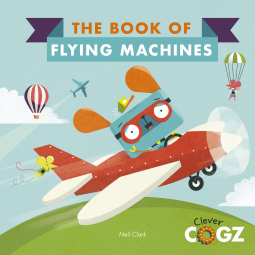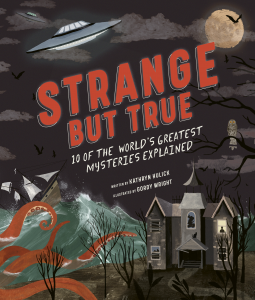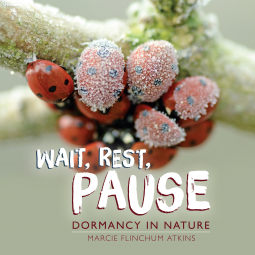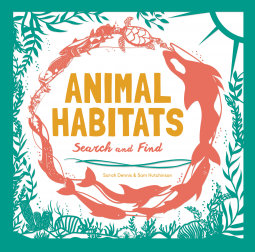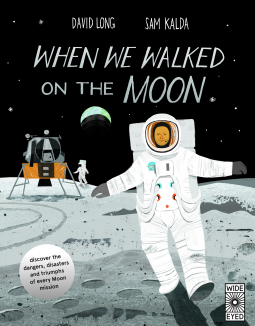Put on Your Owl Eyes: Open Your Senses & Discover Nature's Secrets; Mapping, Tracking & Journaling Activities by Devin Franklin is currently scheduled for release on May 14 2019. This book is intended to help readers see the natural world around them with brand new eyes. It will teach them to follow its signs, hear its language, and understand its secrets. The book is written by expert environmental educator Devin Franklin, for kids aged 8 to 13 to read and build their own relationship with nature. From the Six Arts of Tracking (Who, What, Where, When, Why, and How) and making a habitat map to walking in smooth silence like a fox and learning the basics of bird language, exploration exercises lead young readers on a fascinating journey of discovery as they watch, listen, map, interpret, and write about the sounds, sights, scents, and patterns they encounter. There are journaling prompts, map-making activities, and observational tracking pages throughout.

Put On Your Owl Eyes is a book that offers personal accounts from the author, inspiration for readers to slow down and notice the wonders of nature, and activities and challenges that can help keep them engaged and interested. I really liked the balance between the personal stories, activities, and information. I think some readers with be skimming over some of the terminology that is explained, as if they are already interested in nature and the environment they will already know the vocabulary, however I am glad that the explanations are there because newcomers to the terms might feel left out or discouraged with out those explanations. It will encourage engaged readers to do further research and explorations- which is the point of the book. The photographs and text are well balanced, keeping the interest and focus of the reader moving. The journal entry spaces and writing prompts might be small for some readers, depending on their writing ability and style, but that is hard to judge since I was reading a digital copy rather than a paper edition which might be larger than I picture. As a whole I think this would be a fantastic read for middle graders that love the outdoors and want to learn more about nature, or have a reason to spend time outside exploring. I like that the activities can be revisited continuously and some are designed to become part of a routine. I also like that at the end of the book there is a message of accomplishment and encouragement to continue for readers, and a list of organizations in a few states that could be good resources for readers.
Put On Your Owl Eyes is an interactive guidebook for middle grade readers. It is not a book to sit and read through; it is a book to explore, fill with experiences, and return to as desired.


